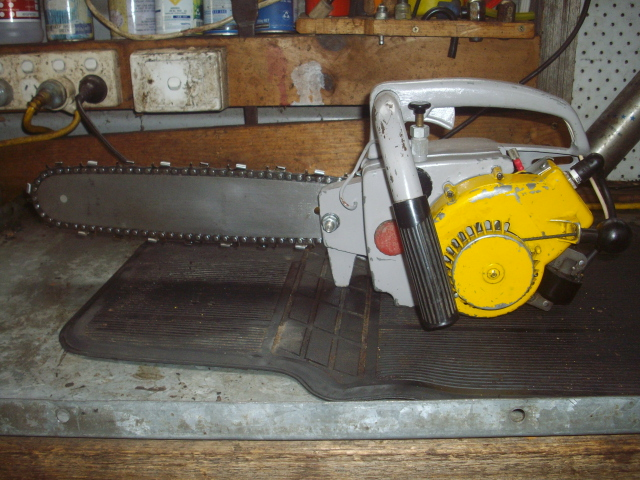

I also have Maytag, Cushman, IHC, McCormick-Deering, Briggs & Stratton, and Sattley engines along with a lot of stuff that goes with collecting engines.Ī few years ago, my wife and I were doing the Friday morning garage sale scene and stopped by an estate sale. I like unusual things that are limited in supply. More history on their engines: craftsmanshipmuseum.For at least 40 years, I have been a “stuff” collector.The last of the midget racers were made in 1959. The later models in the 1950s went to a closed front grill, hollow brake drums, 1 air vent slot in seat, no windshield and a smaller. This seemed to cure their engine problems. To rectify this they started to manufacture their own Nitro Glow fuel. In the beginning Irv Ohlsson and Harry Rice had trouble with their engines and discovered a lot of the problems were due to inferior fuel sources. 29 engine were available in either spark ignition models or with a glow plug. Basic colors included black, white, red, yellow and blue. However they are interchangeable except to be estetically correct. The cars have a straight cut exhaust and the planes had an angled cut port. The easiest way to tell their plane engines from the car engines was the exhaust port.
OHLSSON AND RICE CHAINSAW MANUAL
The first models had solid rear brake drums, 10 air vent slots in the seat, open air front grill, external hand brake lever, windshield, manual fuel pump, 4 nerf bars or radius rods, and plated front axle. Ohllson & Rice tether cars were first made in 1946. Ohlsson & Rice tether cars: Standard of the Model World
OHLSSON AND RICE CHAINSAW SERIES
They also started producing metal-bodied model race cars (tether cars, see below), propellers and a series of O&R glow plugs. One of the problems with glow plug engines was the availability of the right fuel, so they began manufacturing their own fuel for both glow and ignition engines. When glow engines started to become popular at the end of the 1940s, Ohlsson & Rice were ready with their own designs. By the end of 1947 their production had risen to almost a thousand engines per working day. Modelers were hungry to get back into flying, and O&R took advantage of the market by buying the machinery needed to meet the huge demand. Even with a shortage of needed materials and machines somewhat worn out by 3-shift a day wartime production use, they jumped back into a market that had a seemingly endless demand for their products. By the time the war shut down their production, they had produced about 75,000 engines.Īs soon as the war was over, O&R got back into production. The Second World War put a temporary hold on their success, however, as all manufacturing facilities were turned over to military production. No other engines at the time combined the reliability, ease of maintenance, simplicity of operation and unlimited life of the Ohlsson & Rice model engines. 56 cubic inches, forged rods, a 1-piece head and cylinder to prevent leakage and produced about 5 pounds of thrust with a 14" prop at 7000 RPM.īy 1941 Irv Ohlsson had teamed up with Harry Rice, and the firm of Ohlsson & Rice were producing a '.19', a '.23' and a '.60' that were very popular. The Ohlsson Mini was known as the 'Gold Seal' and had a displacement of. Many boys now recall saving their every penny for a long time to buy that engine for their model airplane. This engine sold for 16.50 USD, which was about a week's pay for the average worker in those days. They assembled and test ran each engine in their shop. Irv borrowed $1300 from his mother from his dad's insurance money and got friend Frank Bertelli to borrow 1300 USD from his parents to finance the first run of engines. The cost would be 2600 USD, which was a lot of money at the time.

He contacted machinist friend Harry Rice and got a quote for the tooling for the first run of his new engines. He had come up with a good design for an engine and wanted to go into production. His first love was model flying, however, and he soon left Douglas to open a model shop of his own in Los Angeles. After graduation, Irv went to work for Douglas Aircraft. Irwin Ohlsson (Irv) and Harry Rice were model gas engine builders.


 0 kommentar(er)
0 kommentar(er)
